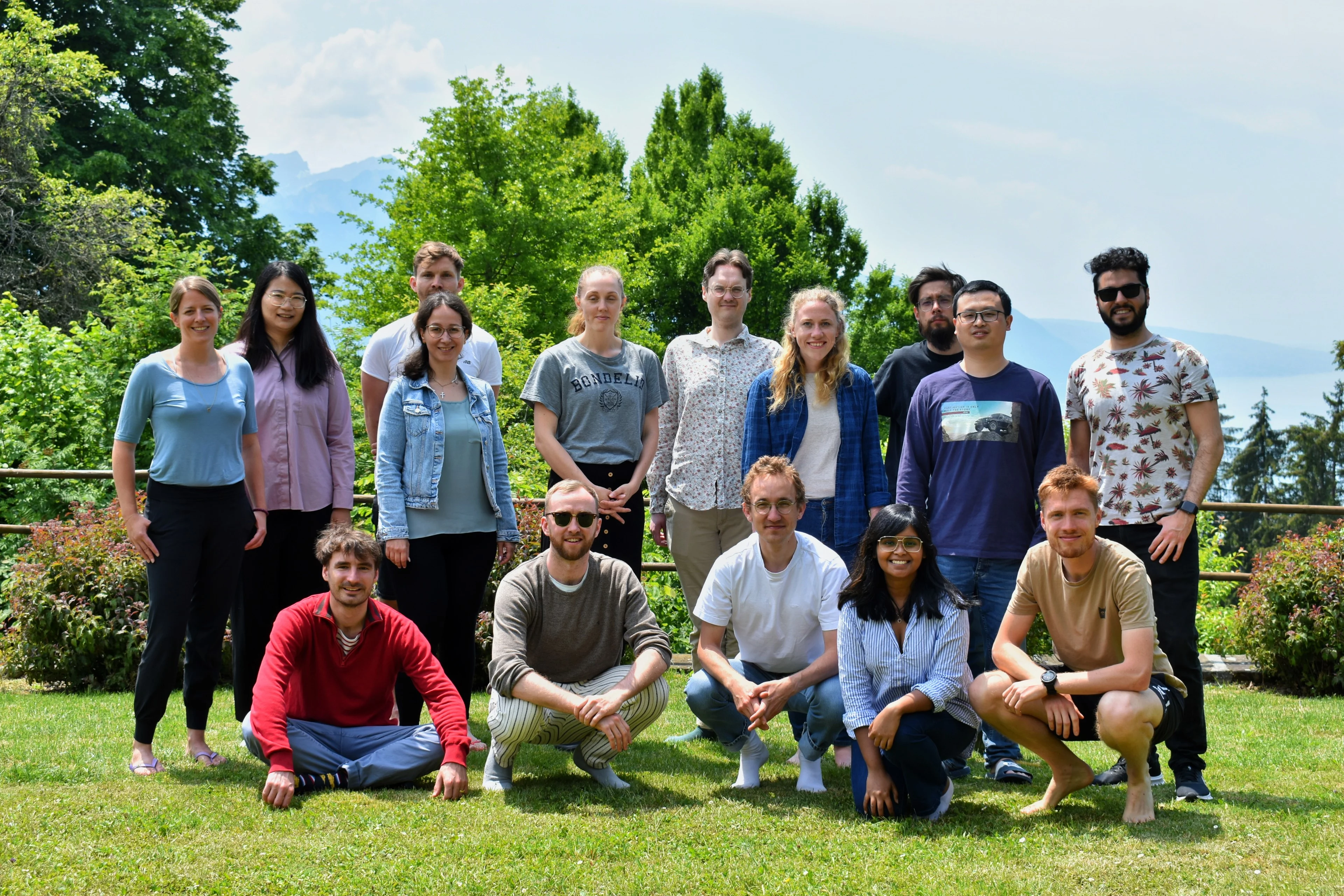The group Structure and Mechanics of Advanced Materials Group (SMAM) performs research on structural and mechanical properties of diverse soft matter systems, including samples of biological origin, composite materials, as well as of metals and alloys. We are developing and applying various X-ray and neutron scattering techniques, diffraction and imaging methods. We operate in situ devices such as mechanical testing devices, a miniaturized laser powder bed fusion device for 3D printing of metals as well as microfluidic devices and in-situ 3D printing for ink-based soft materials, studying alignment in flow. Furthermore several systems for polarimetric microscopes.
SMAM supports the user program at SLS and SINQ and welcomes active collaborations with Swiss or internationally based universities, research centres and industry with the aim to advance the use of large facilities for material science and engineering.
The group is closely linked to the Institut des Matériaux at the École Polytechnique Fédérale de Lausanne through Tenure-Track Assistant Professor Marianne Liebi. Teaching the Bachelor course “structure of materials” and the Master course “materials science at large scale facilities”, and supporting research at masters and doctoral level are the primary responsibilities of SMAM at EPFL. Part of Marianne Liebi's research group is located at the Chalmers University of Technology in Gothenburg, Sweden.
Marianne Liebi is an ERC starting grant holder of MUMOTT – Multi Modal Tensor Tomography. The project includes method development of tensor tomography, using X-rays as well as visible light and its application in materials and bio-science. And we are part of the European Marie Skłodowska-Curie Innovative Training Network doctoral network RELIANCE.
Steven Van Petegem is principle investigator in two Strategic Focus Area (SFA) consortiums: Multi-Mat – Multi-material laser powder-bed fusion and SMARTAM – Fast Optimization of Additively Manufactured Metallic Parts with a Combination of Adaptive Feedforward Control and Numerical Simulation.
The group arises from the PEM group in the Photon Science Divison.
Current Highlights and News
Why Ni-Cu Alloys Fail in 3D Printing
3D printing with nickel–copper alloys holds great promise — but hidden mechanisms can cause them to crack. Our latest study reveals why.
Machine Learning Accelerates Alloy Design for Additive Manufacturing
A new machine learning–designed alloy demonstrates how materials can be tailored for specific performance properties required in additive manufacturing.
Cracking the Challenge of Steel–Copper Fusion
Why do cracks appear when joining steel and copper? We track the mechanisms in real time to find out.





